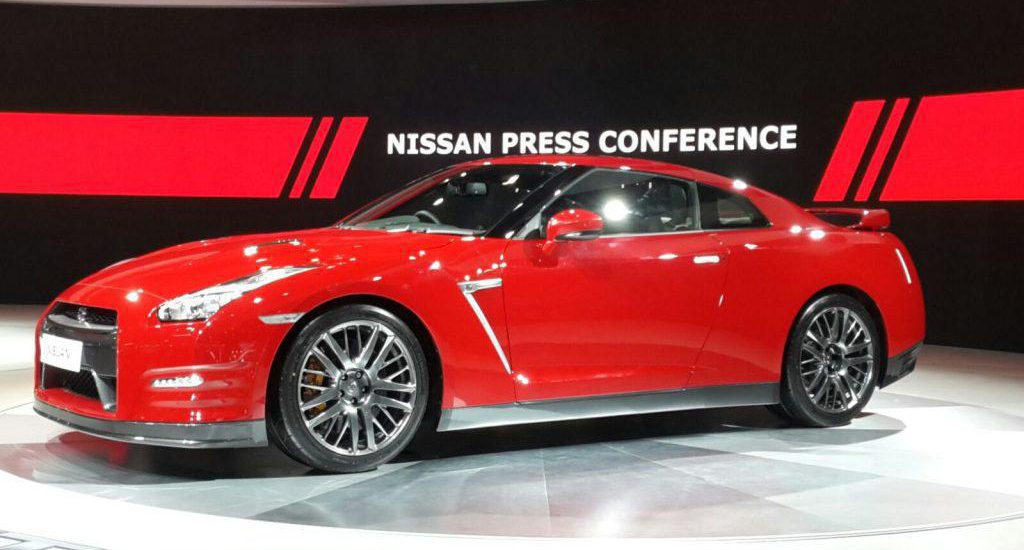Saab story: The five quirky cars that make us miss Saab
If Saab was born from jets, then someone injected rally car DNA into the womb. The company began racing when it was just a duo of weeks old, and it remained involved in various types of motorsports for several decades.
The lessons learned from racing had a tremendous influence on Saab cars, especially during the brand’s glory days. The company’s designs were distinctive, advanced and sometimes plain offbeat, however always in ways that would make engineers nod in agreement. And still, engineering prowess wasn’t enough to save the company from the superb junkyard in the sky.
Local Pricing & Incentives
- 2018
- 2017
- 2016
See what your neighbours are paying
There are no two ways around it: Saab is dead, and it’s not coming back. Even if the brand’s carcass manages to incubate a fresh series-produced model, the pioneering spirit that once defined it is long gone. Besides, the former parent company National Electrical Vehicles Sweden (NEVS) – which bought the rights to Saab on this day in two thousand twelve – lost those rights two years later, and truck manufacturer Scania hasn’t permitted it to use the Griffin logo.
We’re not here to tell you a sob story. Instead, here’s a look at five of the most emblematic cars to wear the Saab name.
The Saab ninety two at the Saab Museum in Trollhättan, Sweden
Interior of the Saab 92
Calmly introduced in 1949, the ninety two was the very very first car ever produced by Saab. From the get-go, it was clear the brand was going in an unconventional direction. The 92’s tapered silhouette was inspired by an airplane wing, so it looked like no other vehicle on the planet. It was front-engined and front-wheel drive, a novel concept in an era when virtually every puny car was rear-engined or rear-wheel drive, or both.
The wind-cheating silhouette wasn’t just for showcase. The ninety two needed to have a low haul coefficient because it lodged for a two-stroke, 764cc two-cylinder engine that churned out just twenty five horsepower. That’s not much, but a almost stock ninety two took very first place in the one thousand nine hundred fifty edition of the Rikspokalen, one of the hardest rallies in Europe at the time.
The Saab ninety six at the Saab museum in Trollhättan, Sweden
A Saab ninety six in rally form at the Saab museum in Trollhättan, Sweden
Interior of the Saab 96
The ninety six wore the final evolution of the wing-like silhouette ushered in by the 92. It’s also remembered as one of the most successful Saab rally cars of all time.
Two-stroke engines were on their way out when the ninety six made its debut in 1960. Early examples used a two-stroke, three-cylinder engine borrowed from the 93, but a group of renegade engineers managed to persuade executives to switch to a more modern four-stroke V4 purchased from Ford. Winter-friendly front-wheel drive was the only configuration suggested.
Swedish pilot Erik Carlsson drove a ninety six to victory during the one thousand nine hundred sixty two Monte Carlo Rally, hitting more powerful cars built by the likes of Mercedes-Benz and Porsche. He earned Saab a sizable dose of respect in racing circles when he secured a 2nd victory the following year.
In hindsight, the switch to V4 engines prolonged the 96’s life. The last example was built on January 11, 1980, marking the end of an illustrious, 20-year-long production run.
The Saab ninety nine Turbo at the Saab museum in Trollhättan, Sweden
A Saab ninety nine Turbo in rally guise at the Saab Museum in Trollhättan, Sweden
Interior of the Saab ninety nine Turbo
The Saab ninety nine wasn’t the very first production car fitted with a turbocharger; that honour arguably goes to the Chevrolet Corvair Monza. But, the ninety nine undeniably helped bring coerced induction to the masses.
The ninety nine was a revolution for Saab. Once again, the company had penned a car that looked like nothing else on the road. It was markedly more modern than its predecessor, but it lacked pizzazz to be considered a true driver’s car. That switched in one thousand nine hundred seventy seven when engineers bolted a turbo to the 99’s Two.0-litre, creating a world-class hot hatch that was ahead of its time. It gave anyone who ever called Swedish cars boring a 145-horsepower kick in the groin.
A heavily-modified, 240-horsepower ninety nine Turbo made racing history when it won the Swedish Rally in 1979. It became the very first turbocharged car to take very first place in a rally. Saab campaigned the ninety nine Turbo in international rally events until it left the sport in one thousand nine hundred eighty for financial reasons. It’s too bad; imagine what Saab’s entry into the Group B class would have looked like.
